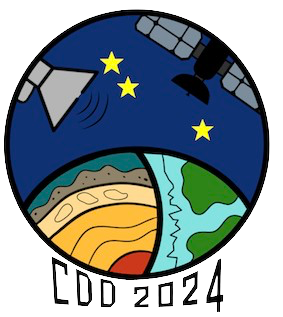Orateur
Description
In most environments, rainfall infiltrates very quickly into the ground. After crossing the soil it reaches porous rocks and becomes groundwater. Aquifers cover a large part of the world’s continents yet this huge body of water is often forgotten. This is because it is both invisible and very slow. The amount of groundwater is difficult to measure on the field and therefore hard to predict on models. With groundwater being a large part of the drinkable water on Earth and the only source of water during dry months in many places, it is crucial to understand the processes controlling it. We link a very common and studied landscape element : river networks, to groundwater flow. Knowing that groundwater flows directly into rivers, making up most of its discharge - river topography becomes a marker of where the aquifers lies beneath the ground. From this idea, we model real and experimental river networks and the corresponding aquifers. Adding to the numerical predictions, we created a miniature river network in the lab to observe the creation and evolution of channels. Indeed, rivers indicate the presence of aquifers but are also a consequence of the erosion that groundwater causes. The landscapes we observe are a consequence of the equilibrium between flow and erosion.

